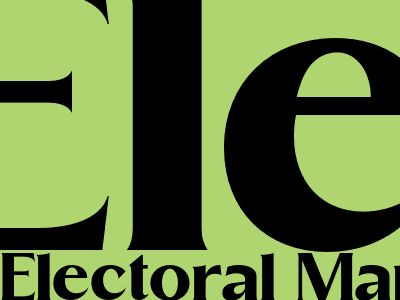
Florida's Electoral Count Act: A Deep Dive
Understanding the Basics
The Electoral Count Act (ECA) establishes the procedure for counting electoral votes and resolving disputes arising from the process. Enacted in 1887, the ECA outlines the roles of Congress, state officials, and courts in certifying election results and determining the winner of presidential elections.
Key Provisions of the ECA
Role of Congress
According to the ECA, Congress has the exclusive authority to count electoral votes and determine the validity of those votes. On January 6th following a presidential election, a joint session of Congress convenes to count the electoral votes submitted by each state.
Role of State Officials
State officials, including governors and secretaries of state, play a crucial role in the electoral process. They are responsible for certifying the results of their state's election and submitting electoral votes to Congress.
Role of Courts
The ECA provides a limited role for courts in resolving electoral disputes. Courts may intervene in cases where there is a clear violation of the law or where fraud or irregularities have occurred. However, courts generally defer to state officials and Congress in matters related to electoral vote counting.
Challenges to the ECA
Ambiguities and Loopholes
Critics argue that the ECA contains ambiguities and loopholes that could be exploited to manipulate election results. For example, the law does not clearly define the criteria for challenging electoral votes, leaving room for potential abuse.
Partisan Disputes
Electoral vote counting has become increasingly partisan in recent years, with allegations of voter suppression and fraud made by both parties. These disputes can lead to lengthy and contentious legal battles, undermining the legitimacy of the electoral process.
Proposed Reforms to the ECA
Clarifying Ambiguities
One proposed reform is to clarify the language of the ECA, addressing ambiguities and closing loopholes that could be used to challenge electoral votes. This would provide greater certainty and reduce the potential for partisan disputes.
Establishing Clear Criteria for Challenges
Another proposed reform is to establish clear criteria for challenging electoral votes. This would prevent baseless challenges and ensure that only legitimate disputes are brought before Congress or the courts.
Modernizing the Process
Some experts advocate for modernizing the electoral vote counting process by utilizing technology to streamline and secure the process. This could include electronic transmission of electoral votes and the establishment of a national clearinghouse to track and verify vote counts.
Conclusion
The Electoral Count Act is a complex and controversial law that plays a critical role in the presidential election process. While the ECA has served its purpose for over a century, it has also faced challenges and calls for reform. By addressing ambiguities, establishing clear criteria for challenges, and modernizing the process, the ECA can be strengthened to ensure the integrity and fairness of presidential elections in the 21st century.